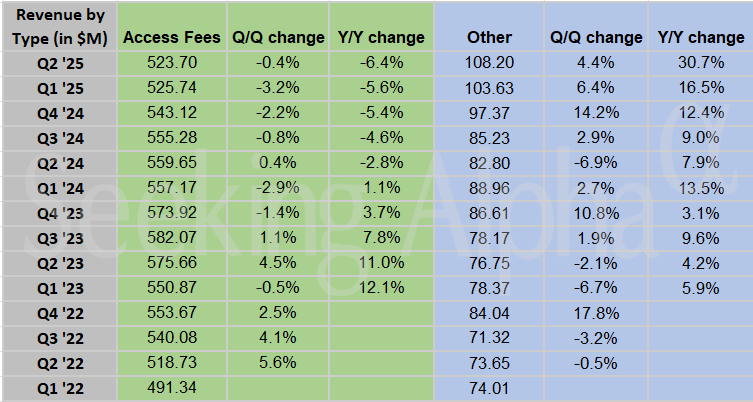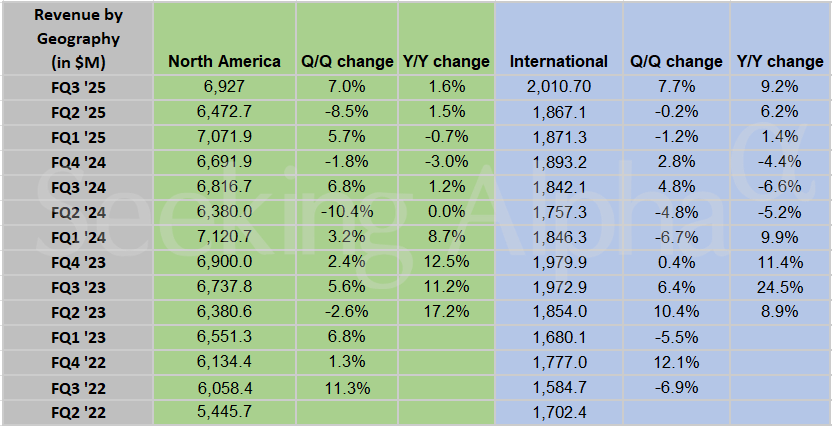- Markets expect the Fed to hold rates steady on Wedenesday, despite pressure from the White House and public calls for cuts from FOMC members like Governor Waller. Analysts see signs of a shift toward easing—possibly beginning in September—but warn that Trump’s fiscal policies may complicate Powell’s efforts to control inflation, regardless of rate decisions.
Jerome Powell has a chance to make his life significantly easier this week. If he was minded, he could recommend at the meeting of the Federal Open Market Committee (FOMC) that the base rate should be cut—thus removing some of the pressure the White House is exerting on the Fed.
Markets do not expect Powell to capitulate and will instead hold off until later this year before beginning a path down towards normalization—when any inflationary data from Trump’s tariff regime will have trickled through the economy.
But analysts believe dissent will increase during the FOMC meeting taking place today and tomorrow, as some members of the group have publicly suggested they would be open to cutting sooner rather than later.
“There may be one or two dissents from the decision,” wrote Macquarie economists David Doyle and Chinara Azizova in a note sent to Fortune yesterday. “Earlier this month, in an unusual move, Governor Waller publicly outlined his view there should be a cut this meeting, while outlining the case for near-term action.”
Maintaining the view that the Fed will hold off cutting until December with a 0.25% reduction, and a further easing of the same amount in 2026, the economists added markets will instead focus on the contents of Powell’s press conference, adding: “Key topics that may be addressed … include Fed independence, ongoing uncertainty, tariffs and inflation, and the recent signals of stabilization in the labor market.”
Analysts are widely expecting a hold, courtesy of a slew of recent data which hasn’t been shocking enough to prompt an immediate cut.
Inflation, for example, is sitting at 2.7% (considerably above the Fed’s 2% target, but far from “runaway” territory) in the most recent data. Meanwhile the unemployment rate held relatively steady at 4.1% in June data.
These factors are unlikely to be enough to push the FOMC to cut. Jeremy Siegel, emeritus professor of finance at The Wharton School of the University of Pennsylvania, wrote in his column for WisdomTree where he is senior economist, said he doesn’t expect to see a change in policy this week.
That being said, “it’s clear the bias is shifting toward easing,” he wrote. “Inflation readings remain slightly softer than expected, which supports the case for eventual cuts. Chair Powell’s relationship with President Trump is obviously strained but stable. Trump may be benefitting politically from keeping Powell in place, using him as a scapegoat should economic conditions deteriorate.”
Siegel suggested that the Jackson Hole Symposium in August may be the event for the FOMC to begin dropping hints about a cut coming to fruition in September, as the event has historically been the setting for larger policy announcements.
Devil in the detail
With the potential lack of a big announcement, investors and analysts will instead be poring over the fine detail of Powell’s speech: Firstly, to see if their timing estimations for a cut seem realistic, and secondly to garner a sense of how the FOMC view the strength of the economy more widely.
“The key change since the last FOMC meeting is that the activity data have begun to show clearer signs of the below-potential growth that we and most forecasters have expected since it became clear in the spring that large tariff increases were coming,” wrote Goldman Sachs’s David Mericle in a note seen by Fortune this morning. “We expect the FOMC statement to acknowledge this.”
“We still expect a cut in September but do not expect a strong hint this week. If asked about the two-cut baseline in the June dots, Chair Powell will likely acknowledge it but note that there are two rounds of inflation and employment data before September and that decisions will be made meeting-by-meeting.”
Meanwhile Nancy Vanden Houten, Oxford Economics’s lead U.S. economist, noted Powell’s speech may address the concern of dissenters from the decision. Two FOMC members—Governor Chris Waller and Michelle Bowman—are widely viewed as more dovish voters courtesy of their public statements.
Vanden Houten wrote: “Dissents by two governors are rare and haven’t occurred since 1993. If Waller and Bowman do dissent, we don’t think it will signal a dovish shift on the part of the FOMC as a whole, although it might lead Powell to acknowledge their concerns about the labor market in his post-meeting comments. A quantitative look at FOMC members’ assessment of risks won’t be available until the committee releases its updated economic projection at its September meeting.”
All for nothing?
While not a key aspect of the Fed’s dual mandate, Powell has previously expressed concern about America’s national debt and whether it could prove to be the achilles heel of the economy.
U.S. Bank’s CIO, Eric Freedman, has suggested that even as Trump lobbies the Fed chairman for lower interest, his own policies may overshadow the effort to bring down prices. This is “fiscal dominance,” Freedman explains, when government debt and deficits produce increases that ‘dominate’ central bank intentions to keep prices stable.
Freedman explained: “This … sets up the current dilemma domestic central bankers face.
“As investors, we assess legislation’s impact on financial assets. The most recent tax bill, commonly referred to as the ‘One Big, beautiful Bill Act’ (OBBBA), pits White House budget estimates that the OBBBA will cut deficits by $5.1 trillion … against the Congressional Budget Office, which scored the OBBBA as adding over $3 trillion to the national debt. These are not apples to oranges comparisons, but markets pay attention to indebtedness, and as apolitical capital market analysts, how capital markets view the growth/indebtedness tradeoff and whose math markets believe are critical in shaping our asset allocation views.”
As a result, even if Trump does “upend” Powell’s chairmanship “markets have a funny way of setting their own prices,” wrote Freedman, adding the forward curve suggests bonds maturing ten years in the future will sport higher yields than at present.
This story was originally featured on Fortune.com

 12 hours ago
1
12 hours ago
1











 English (US) ·
English (US) ·